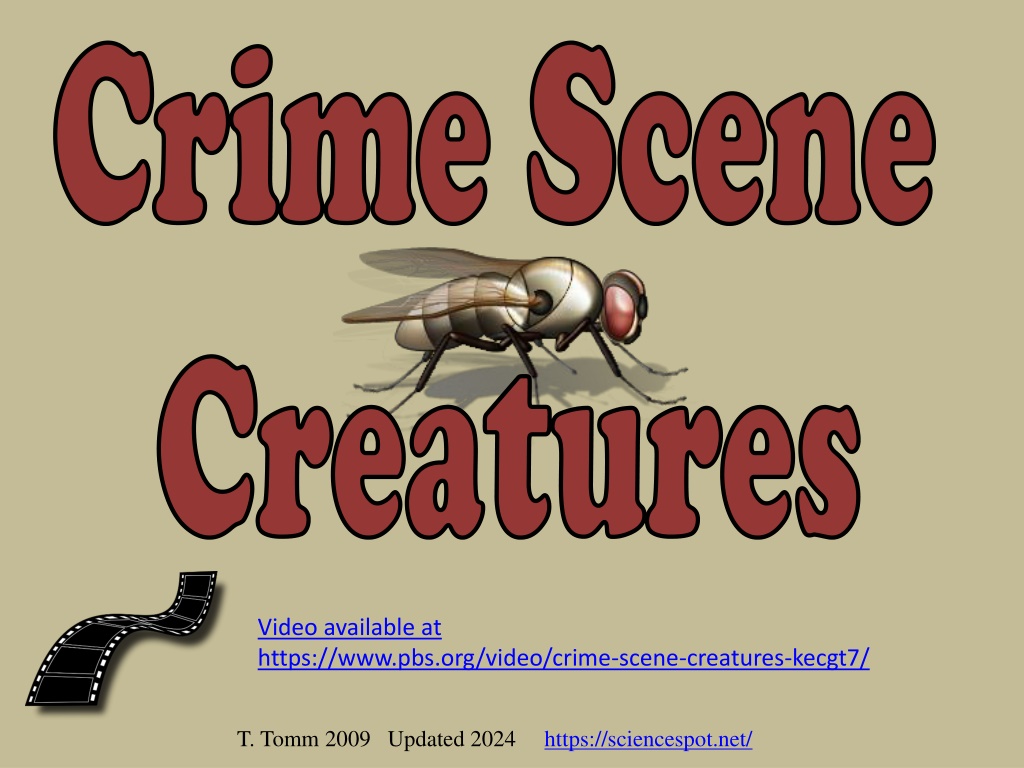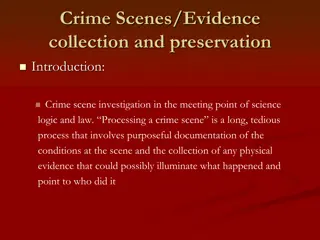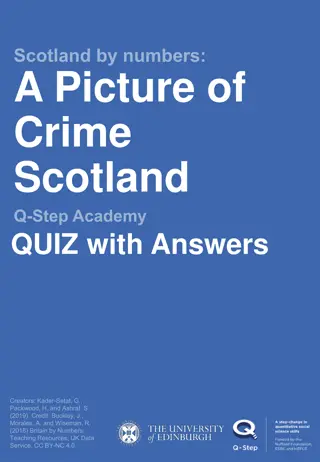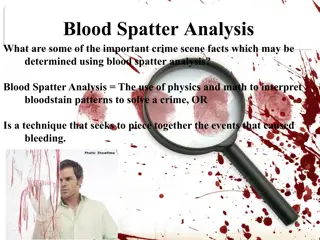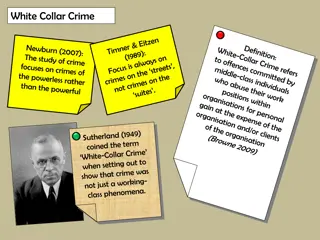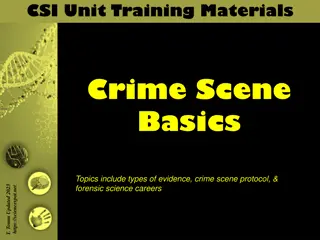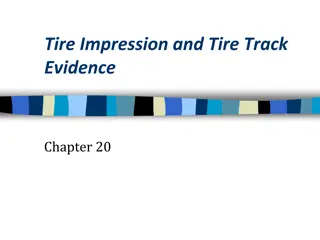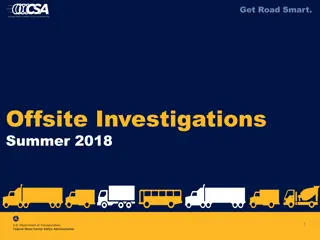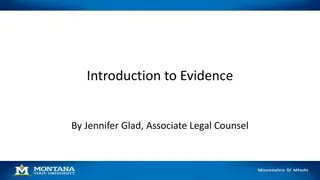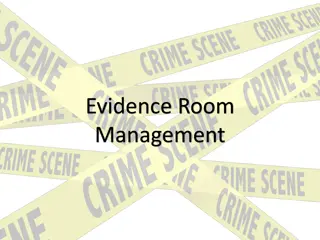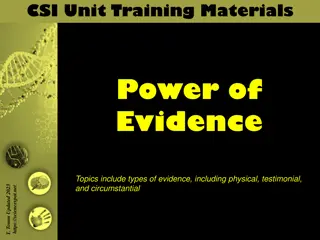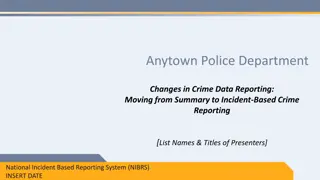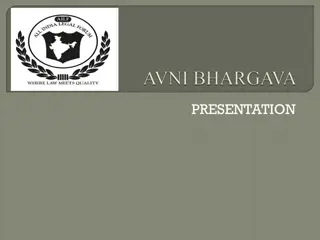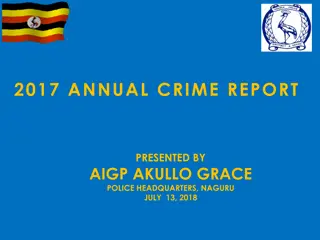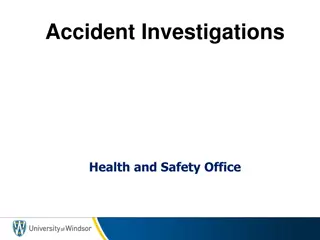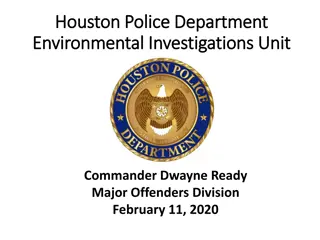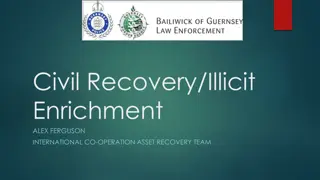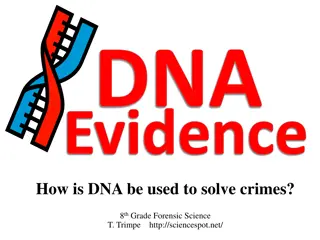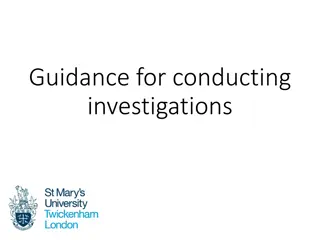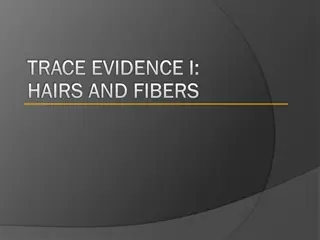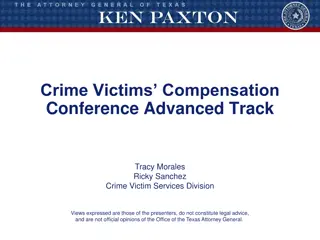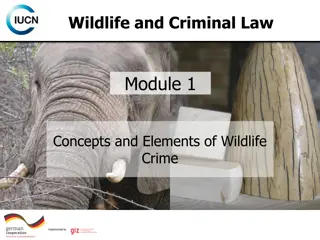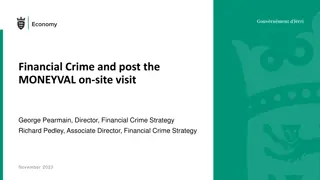Understanding Crime Scene Investigations Through Animal Evidence
Explore the role of animals in crime scene investigations, from using pigs as corpse models to analyzing evidence left behind by animals like flies, crows, and foxes. Learn how different types of evidence, such as plant DNA and bullet wounds, can provide valuable insights for investigators. Discover the importance of considering animal activity when assessing a crime scene.
Download Presentation

Please find below an Image/Link to download the presentation.
The content on the website is provided AS IS for your information and personal use only. It may not be sold, licensed, or shared on other websites without obtaining consent from the author. Download presentation by click this link. If you encounter any issues during the download, it is possible that the publisher has removed the file from their server.
E N D
Presentation Transcript
Crime Scene Video available at https://www.pbs.org/video/crime-scene-creatures-kecgt7/ T. Tomm 2009 Updated 2024 https://sciencespot.net/
1. W hat anim al w as used as for the corpse? W hy? PIG most similar to humans in composition 2. W hy are flies good to use as evidence? Their life cycle has a set timetable that can be used to provide details regarding the time between death and discovery. 3. W hat do you need to know to use flies as evidence? Fly species, temperature , humidity, & the way someone dies 4. W hat factors affect the developm ent of a fly? H ow ? Corpse covered in vegetation - Delays development up to24 hours Carbon Monoxide/Automobile Speeds up process by acting as greenhouse Buried corpse - Buried below 40 cm No insect activity Two Fly Species Together - Predator can cause prey fly species to leave corpse early Corpse wrapped in blankets - Delays development up to 2 to 3 days
5. W hat evidence m ight anim als leave after visiting a corpse? E xplain using at least 3 specific exam ples. Gouges out eyes and makes it look like they were injured before death Crows - Can leave marks that look like stab wounds or other damage Buzzards Can crush bones that could be interpreted as injuries Fox - Eat the maggots (evidence) Hedgehogs - Leave gnaw marks on bones and chew into the bones to get to the fat Leave entry holes in the corpse and then come back to eat the maggots Rats - Raccoons Coyotes/Dogs - Chew on body and leave marks that can be interpreted the wrong way
6. W hat could each type of evidence tell investigators? Plant D N A The DNA from some fruits or seeds can be linked back to a specific plant that they came from. D iatom s Since diatoms grow in specific places, finding these on a victim or suspect can be linked to a specific body of water. A ccelerants Chemical compounds often used to start fires can be detected by canines P ool cue The wood from the pool cue matched the wood in a splinter that was found in a murder victim. B ullet W ounds As they eat the flesh around the bullet wound, the metals from the bullet become concentrated in their bodies and then tested to determine what kind of metals are present.
7. H ow w as a toolbox used to solve a crim e? The toolbox contained a corpse, an ant nest, and a pupa case of a solider fly. The life cycle of the long-legged ant is approximately 12 months. The soldier fly s life cycle in approximately 3 months. Adding these 2 together gives us an estimate of approximately 15 months for the corpse inside.
8. W hat "evidence" did the scientist leave behind? H ow w as each one used to connect him to the crim e? FLIES - used to determine the time of the killing. - could have tied his car to the location. - could have backed it up. - could link him to the river. - Could have found the murder weapon with the gasoline on it. FRUIT POLLEN DIATOMS DOG - from the weapon could be matched to other evidence. WOOD
